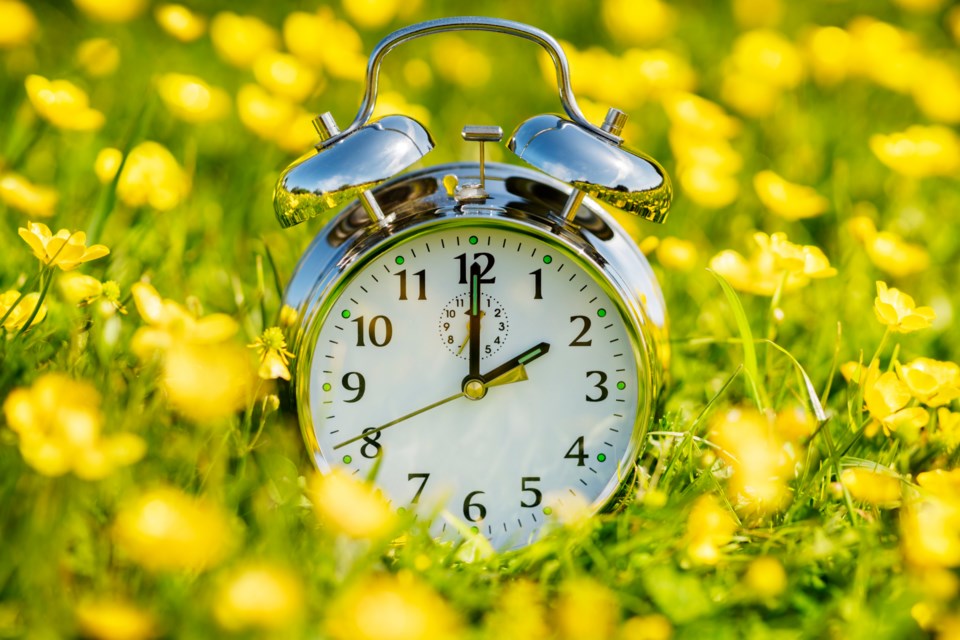As winter draws to a close and the days begin to grow longer, it's time once again to prepare for the annual tradition of daylight saving time.
This year, the clocks will spring forward on Sunday, March 12, ushering a shift towards longer, brighter days and all the benefits that come with them.
As part of this time-honoured custom, the majority of Canadians will move their clocks forward by an hour, with the time change taking place at 2 am and clocks jumping ahead one hour to 3 am.
In Canada, daylight saving time (DST) is observed in nine of the country's ten provinces and two of its three territories—though with exceptions in parts of several provinces and Nunavut.
Residents living in Yukon, most of Saskatchewan, and some parts of northwestern Ontario, BC and Quebec don’t have to do anything, as they stay on standard time year-round.

The time change will come to an end on November 5, and residents of affected areas will have to set their clocks back one hour, enjoying an hour of extra sleep.
To avoid being late for work or school on Monday morning, it's important to manually adjust any analog clocks and watches in your home before you go to bed on March 11.
While digital and Wi-Fi connected devices should update automatically, it's always a good idea to double-check them the morning of March 12, just to be safe.
As we set our clocks forward and embrace the arrival of spring, make sure you get some extra sleep this weekend as the Monday morning wake-up call is likely to be particularly harsh next week.



